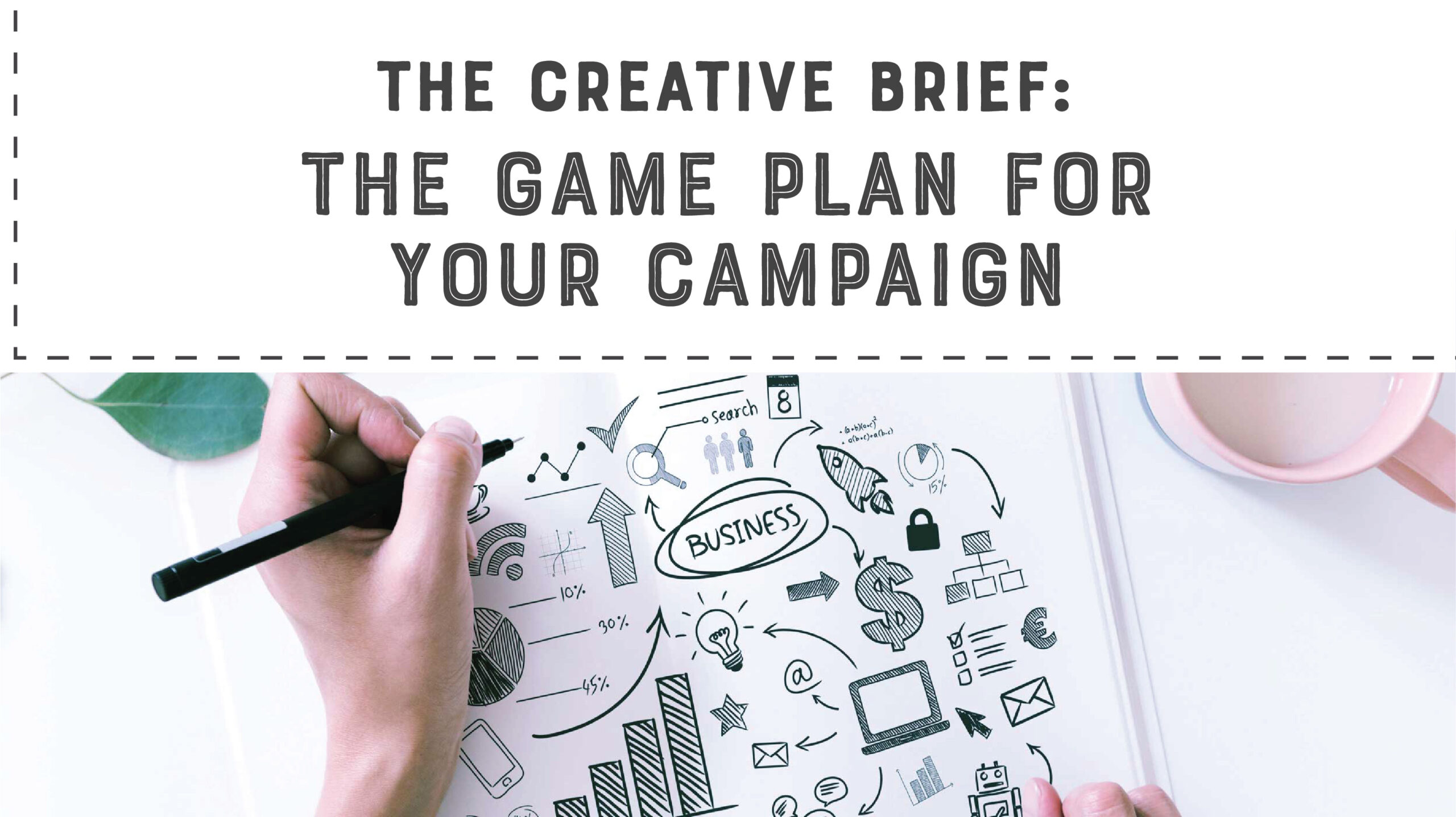Documenting your overall campaign, whether you are planning a social media campaign, an annual marketing plan, or any other kind of campaign, is important to ensure you’ve got all your bases covered so that you and your collaborators are all moving in the same direction with the same goal in mind. One item that can be particularly useful in the planning step that not only takes into account what you want to do but also the desired end result is a creative brief.
A creative brief is a document created up front before any work begins that defines the objectives of the campaign, as well as establishes expectations for all parties involved. It should also outline the scope of work, creative direction, the specific audience you want to reach and how you want to reach them, and how you will measure success. In addition, the creative brief should include any assumptions you are making about the project and audience(s), as well as potential issues you could face along the way. Keep in mind that the creative brief may need to be adjusted as the campaign or project is further developed, but it is a good starting point.

But why do you actually need a creative brief? Amanda Sutt, Creative Director and CEO of Rock Paper Scissors says “A creative brief helps you organize your thoughts as a leader. When you start a campaign your goal is to be as crisp as possible so you are not throwing in new ideas or adding things you forgot at the last minute. You want to avoid leading like a kid who is changing the rules of the game in the middle of play. A creative brief will help you inspire your team and help them understand where you are going, as opposed to anxiously awaiting for the whole scope to change.”
It’s not just for documentation, but rather to serve as a guide as you work through your campaign or project from start to finish to help keep everyone on the same page and the work on track. Second Wind describes a creative brief as “your North Star—a steady guide by which you can orient your thinking. The journey you take may follow unexpected paths, but the brief should still lead you home.” Remember, your creative brief is not your destination.
As you’re developing a creative brief, here are a few pointers to keep in mind:
- Keep it simple and real. Objectives should be reasonable and achievable.
- Inspire your collaborative team to think outside of the box. A creative brief should be creative and reach beyond the obvious and encourage the team to think about possibilities that haven’t been explored yet.
- Remember the first couple of creative briefs you write are going to take some time, but they will get easier the more you do them and when you ask your team for feedback.
Once you’ve drafted your creative brief, share it with your team for feedback, questions, and revisions. After all team members have signed off on the creative brief, the creative process can begin!
Ready to start a creative brief? Click here to download a template to help you get started!
We’re not finished yet! Check out the next blog in this series, The Innovation Cycle: How Video Games Can Improve Your Marketing.


